Between 2011 and 2021, 8,330 people died by suicide in Scotland. This is a heartbreaking figure.
We know that approximately three quarters of all deaths by suicide are among men and, as a result, a lot of the conversation and activity around suicide prevention focuses on reaching a male audience.
But it’s important to highlight that suicide substantially affects women, too. In the 10 years to 2021, more than 2,000 women died by suicide in Scotland. Every death by suicide is a tragedy, and each bereavement will impact an average of 135 people.
This International Women’s Day and beyond, we want to ensure women and girls are seen and heard when it comes to raising awareness of, and seeking support with, suicide prevention.
Suicide can affect anyone – and the reasons are often complex and varied. Some of these risk factors are more likely to impact women than men, and being aware of them can help us all direct people at risk to crucial, life-saving support.
Common mental health problems, such as depression, are among the most frequent risk factors for serious suicidal behaviour in both men and women, but tend to occur more often in women than men. For example, in the UK, women aged 16 to 24 are almost three times as likely to experience a common mental health problem as men of the same age. And women are twice as likely to be diagnosed with anxiety as men.
Motherhood, eating disorders and domestic abuse all affect women more often
Often promoted as an exciting and happy time, many women find that being a new mum can be difficult and isolating. Lack of sleep, changes in physical and mental well-being, low self-esteem and loss of individual identity can all negatively impact our mental health.
Tragically, a recent inquiry into maternal deaths in the UK found that suicide was the leading cause of death of women during or up to one year after pregnancy. In the north-east, we are lucky to be supported by our colleagues at LATNEM (Looking After The North East Mums) who offer a comprehensive mental health peer support service for mothers.
Eating disorders, abuse and violence can affect us all, but are far more likely to impact women than men. An estimated 90% of people affected by eating disorders in the UK are women, and suicide is the second leading cause of death among people with anorexia.
In 2021-22, Police Scotland recorded 64,807 incidents of domestic abuse, with around four in five incidents having a female victim and a male perpetrator. A recent study in England found that over a third of women who had attempted suicide in the past year had also experienced intimate partner violence, and they were almost three times more likely to have attempted suicide in the past year than those who had not.
Local communities can do their bit to help
In the north and north-east, SAMH (Scottish Action for Mental Health) partners with Aberdeen City Council, Aberdeenshire Council and Moray Council to deliver and coordinate suicide prevention activity across the region, with lived experience at the heart of the work we do. We need to ensure that women and girls seeking support have a place to go, and we’re calling on more local areas and communities to provide such places.
Today, we are starting that conversation with our Suicide Prevention In Women conference in Inverurie, featuring a panel of female speakers and representation from support groups across north-east Scotland.
From the third sector and government to communities and workplaces, we can all play our part in supporting people at risk of suicide
We will hear from women with lived experience and from women’s organisations in the region about what other factors might be impacting women’s risk of suicide, and how we can all work together to support anyone who needs us.
From the third sector and government to communities and workplaces, we can all play our part in supporting people at risk of suicide.
- The Prevent Suicide – North East Scotland app offers guidance on local services, as well as information on suicide and how to start a conversation around suicide
Justine Dunbar is suicide prevention community engagement officer at SAMH
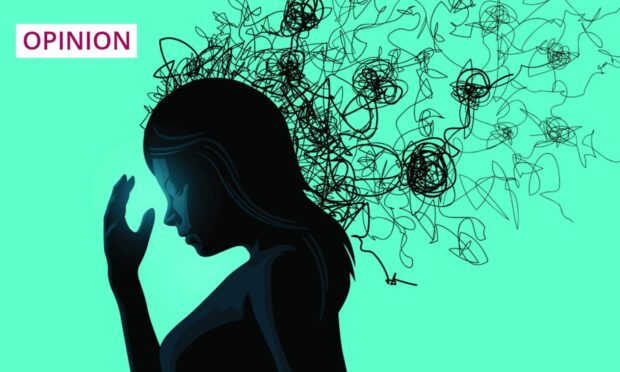
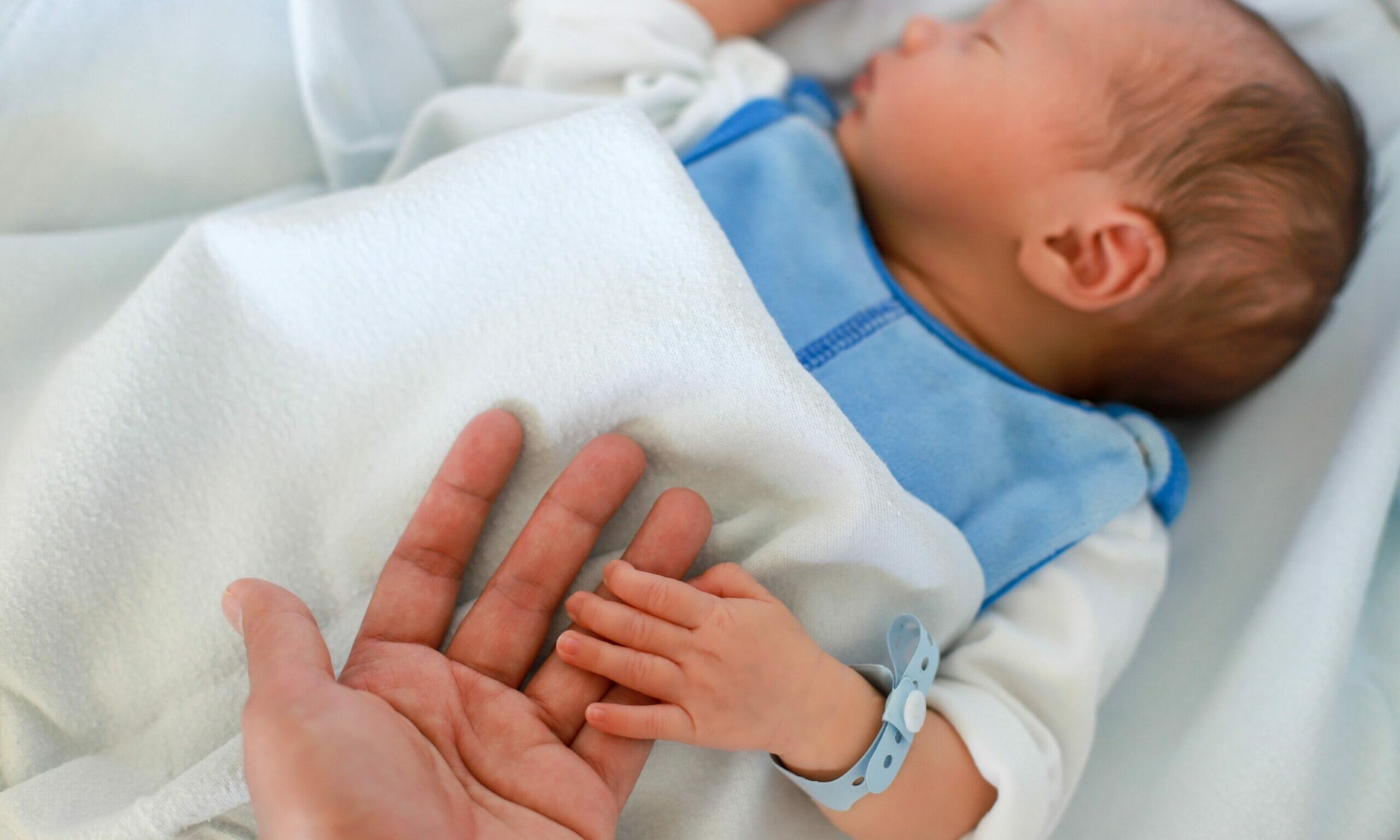
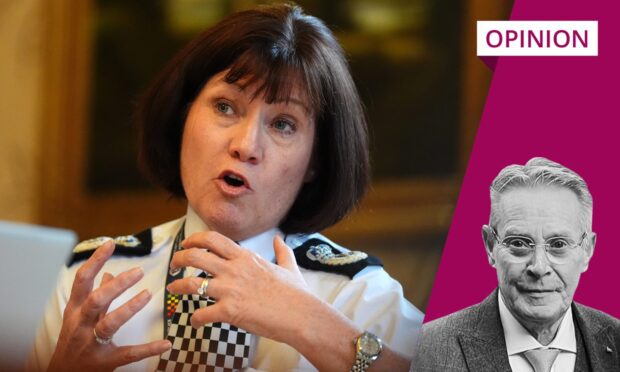
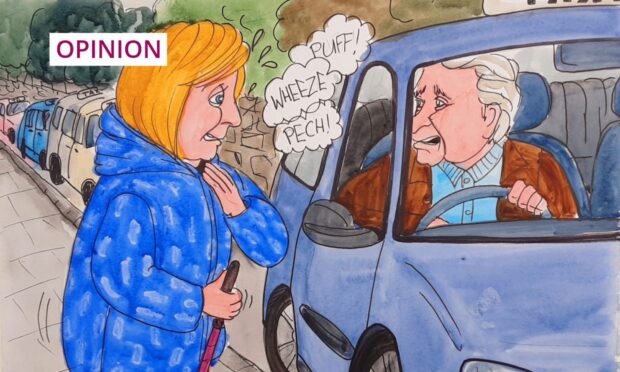
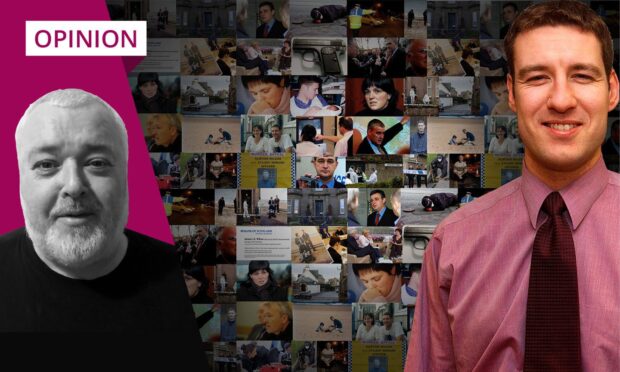
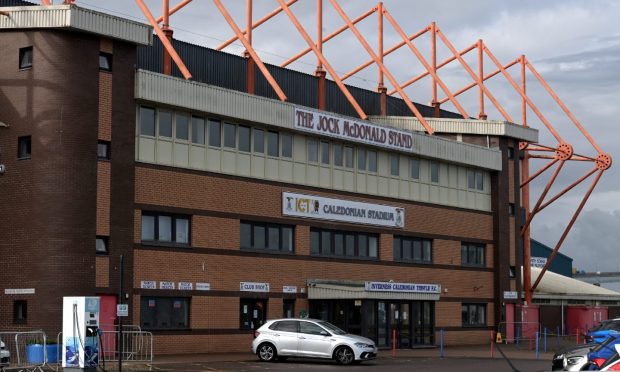
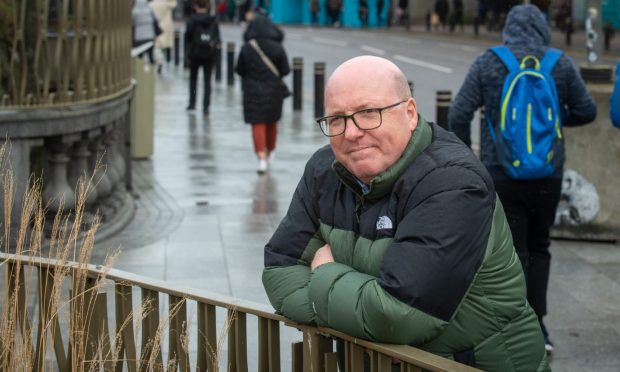
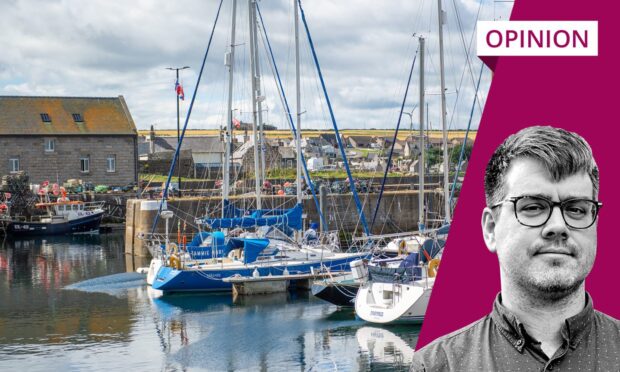
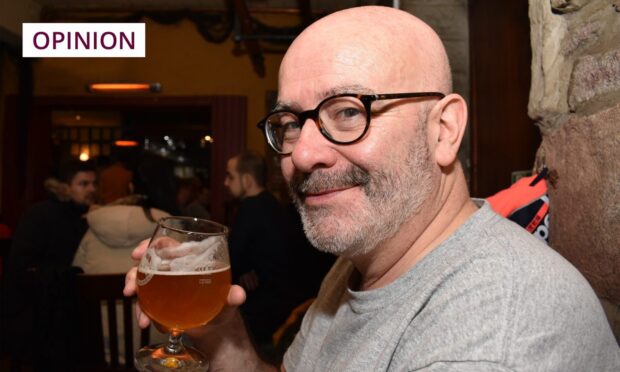
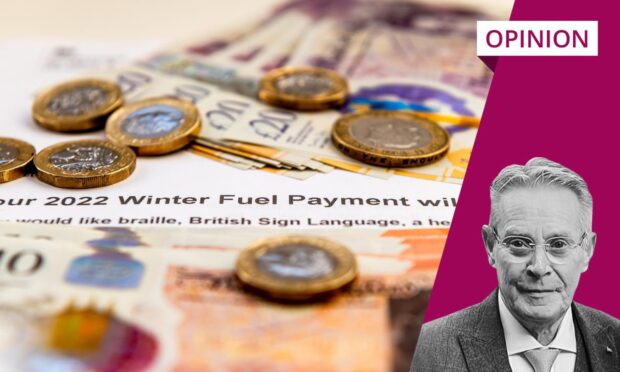
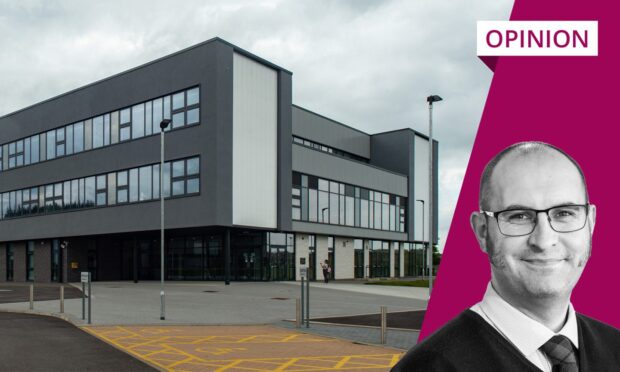
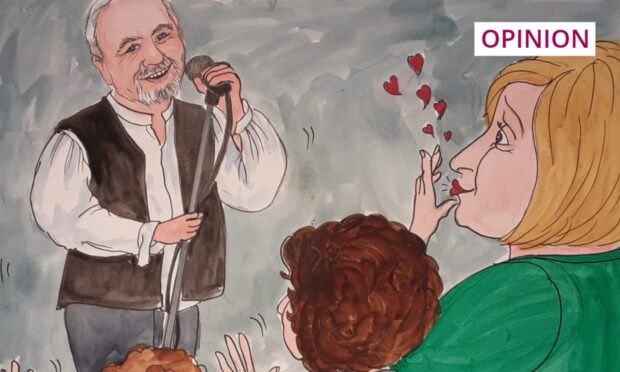
Conversation